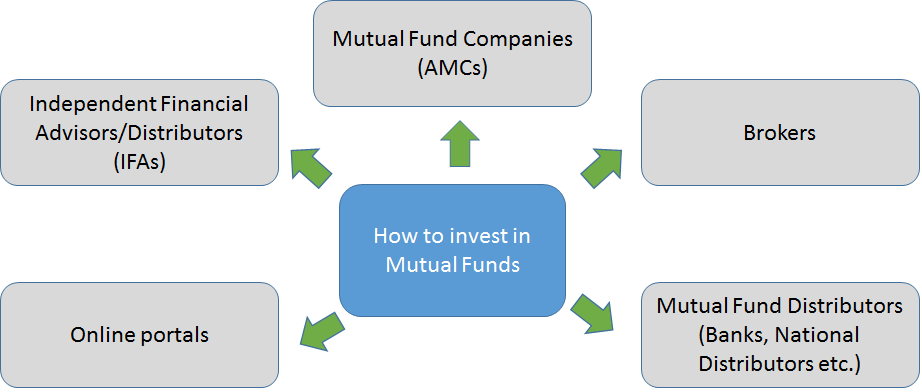Behavioural Biases in Mutual Fund Investing
We often think mutual fund returns depend on markets or fund managers. But in reality, one of the biggest factors affecting your wealth creation is your own behaviour. Behavioural biases—mental shortcuts and emotional responses—often cause investors to make irrational decisions like buying high, selling low, or switching funds frequently. This can reduce long-term returns significantly. In this article, we’ll explore the most common behavioural biases in Mutual Fund Investing, with real-world examples, data, and strategies to overcome them.
1. Loss Aversion Bias
What it is: We feel the pain of losses more than the joy of gains. This makes us avoid selling funds at a loss, or stop SIPs during Market falls.
Example: In March 2020 (COVID crash), many investors stopped SIPs fearing further losses. But markets recovered by November, and those who stayed invested made strong gains.
Fix: Automate investments. Focus on long-term goals, not short-term price swings.
2. Herd Mentality Bias
What it is: Following the crowd—buying trending funds or exiting based on what others are doing.
Example: In 2017–18, small cap Mutual Funds saw huge inflows. By 2019, many of those funds underperformed, and investors exited at losses.
Fix: Stick to your Asset Allocation. Don’t chase what’s popular. What worked last year may not work this year.
3. Recency Bias
What it is: Giving more importance to recent performance than long-term trends.
Example: Investors often switch to funds that gave high returns in the last 1 year. But those funds might not perform well going forward.
Fix: Use 3–5 year rolling returns for evaluation. Avoid judging a fund based on last year’s return alone.
Talk to our investment specialist
4. Overconfidence Bias
What it is: Believing you can predict the market or pick the best fund every time.
Example: Investors who aggressively moved to thematic funds or sectoral funds (like tech or pharma) in 2021 thinking they’ve ‘cracked the market’—often saw poor returns in the next cycle.
Fix: Diversify your Portfolio. Accept that markets are unpredictable.
5. Anchoring Bias
What it is: Getting stuck on one reference point—like a past NAV or high return—and not adjusting when conditions change.
Example: An investor refuses to sell a fund because it once gave 20% return—even if it’s underperforming now.
Fix: Review fund performance based on recent fundamentals, not just old benchmarks.
6. Confirmation Bias
What it is: Looking for information that supports what you already believe, and ignoring other views.
Example: Only reading articles or influencers who say ‘mutual funds are risky’ and ignoring actual long-term performance data.
Fix: Always look at both sides—compare data, expert views, and historical performance.
7. Status Quo Bias (Inertia)
What it is: Avoiding change even when it’s needed. Sticking with the same poor fund for years.
Example: Not switching from regular to direct plan, or from underperforming fund to better ones—just to avoid hassle.
Fix: Do an annual portfolio review. Track fund performance vs category average.
Behavioural Bias Cost: What the Data Shows
According to a Morningstar report, Indian investors earn 1.5–2% less than the fund’s actual return due to bad timing and emotional decisions. Dalbar research (US): Over 20 years, average investor earned 5% vs fund return of 8%—due to buying/selling at wrong times.
How to Overcome Biases: Actionable Tips
- Automate SIPs and avoid frequent portfolio changes
- Stick to asset allocation and rebalancing schedule
- Track long-term rolling returns, not short-term spikes
- Use tools like risk profiling and advisor dashboards
- Avoid comparing with others’ returns
- Focus on Financial goals—not just returns
Final Thoughts
Mutual fund Investing is not just about choosing the right scheme—it’s about managing your emotions and behaviour. Understanding and avoiding behavioural biases can give you a real advantage in wealth creation. Be consistent. Be patient. And let your investments grow—uninterrupted by emotion.
All efforts have been made to ensure the information provided here is accurate. However, no guarantees are made regarding correctness of data. Please verify with scheme information document before making any investment.











